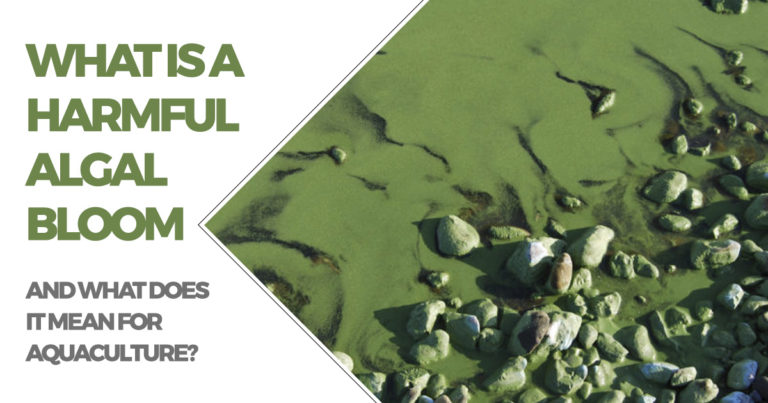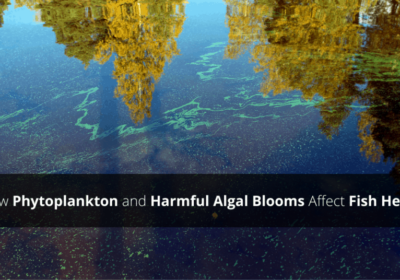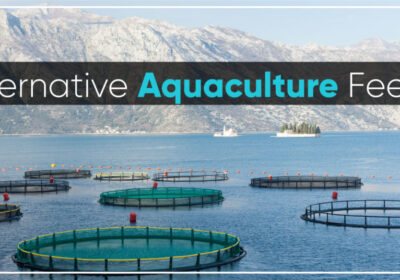What is a harmful algal bloom?

Natural cycles and human activity can make waterways more favorable for a harmful algal bloom and other organisms. Higher temperatures brought by ocean currents or unusually warm weather, and the addition of nutrients to the water increase the likelihood of an explosive “algae bloom.”
Some algae release toxins that can harm humans or aquatic life, and when these algae bloom, the event is called a harmful algal bloom (HAB). Some HABs aren’t caused by algae at all, but by phytoplankton or other organisms. The infamous “red tide” is caused by cyanobacteria.
Algae blooms can also cause dead zones, for when the bloom is over, the algae sinks to the bottom where bacteria decomposes the dead algae. That process sucks oxygen out of the water, creating anoxic “dead zones” that kill or drive out all oxygen-breathing life.
Harmful algal blooms and aquaculture
Harmful algal blooms are not only toxic to humans and animals, they are also a big concern for the aquaculture industry. A 2016 red tide event in Chile killed over 23 million salmon and cost fish farmers up to $800 million.
HABs can impact wild fisheries as well. Algae blooms on the U.S. West Coast release toxic domoic acid that can affect crabs, mussels, and other shellfish, making them unsafe to eat.
Algae blooms are predicted to increase worldwide due to higher water temperatures caused by global warming and increased agricultural activity that causes more nutrient runoff. Preventing and adapting to HABs will be a continuous struggle.
How are algae blooms monitored and prevented?
Predicting when a HAB will occur is difficult and includes a combination of satellite monitoring and in situ monitoring. Early warning of HAB development is key for aquaculture farmers. The sooner a farmer is aware of a potential algae bloom, the sooner steps can be taken to mitigate the problem, and more fish can be saved.
Constant monitoring of water conditions inside fish pens is vital. Tracking regional conditions is also important for recognizing the beginning of an HAB or dead zone. Warmer-than-usual temperatures, for instance, can mean more favorable conditions for a bloom. A drop in dissolved oxygen (DO) in the region could be a sign that a dead zone is developing.Quality sensors that offer reliable, continuous monitoring of fish pen conditions are critically important. Aquasend relies on 30 years of sensor technology to bring you the highest quality and most innovative monitoring systems. Find out how we are promoting better aquaculture management.

